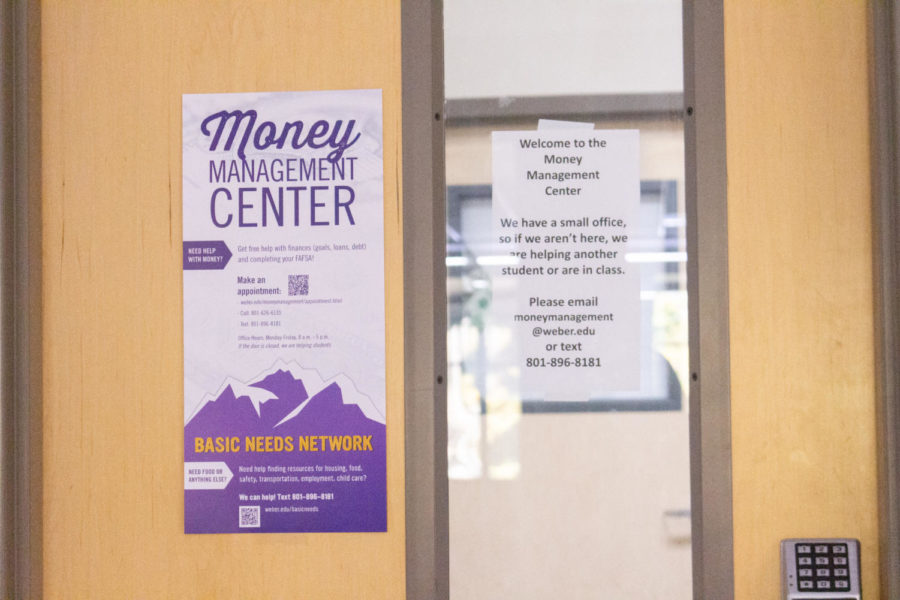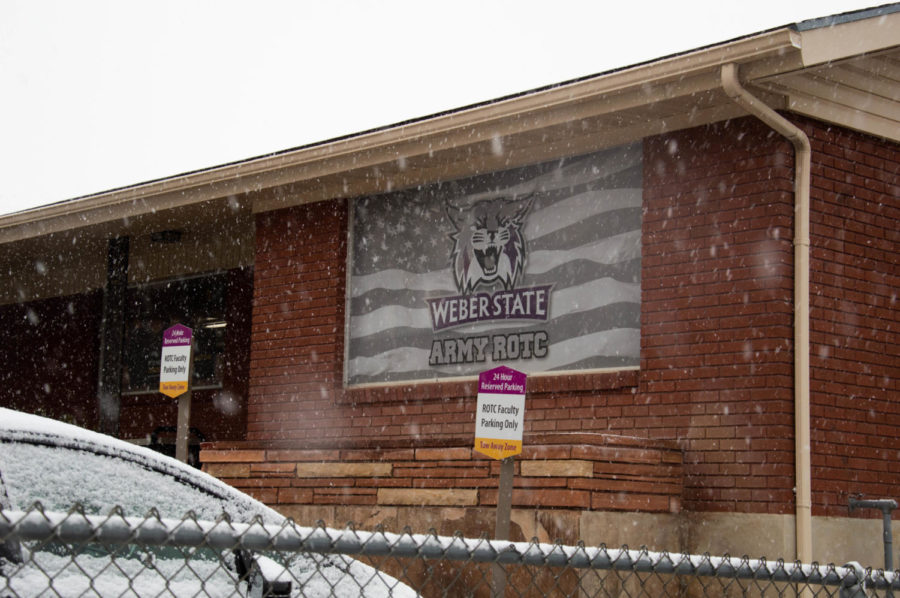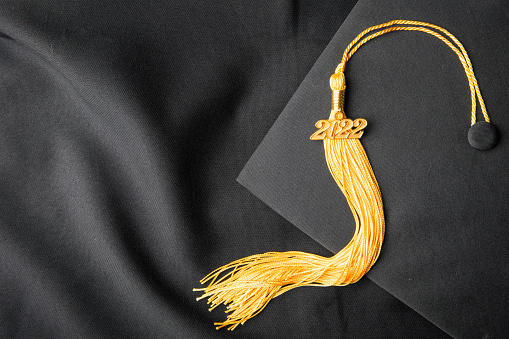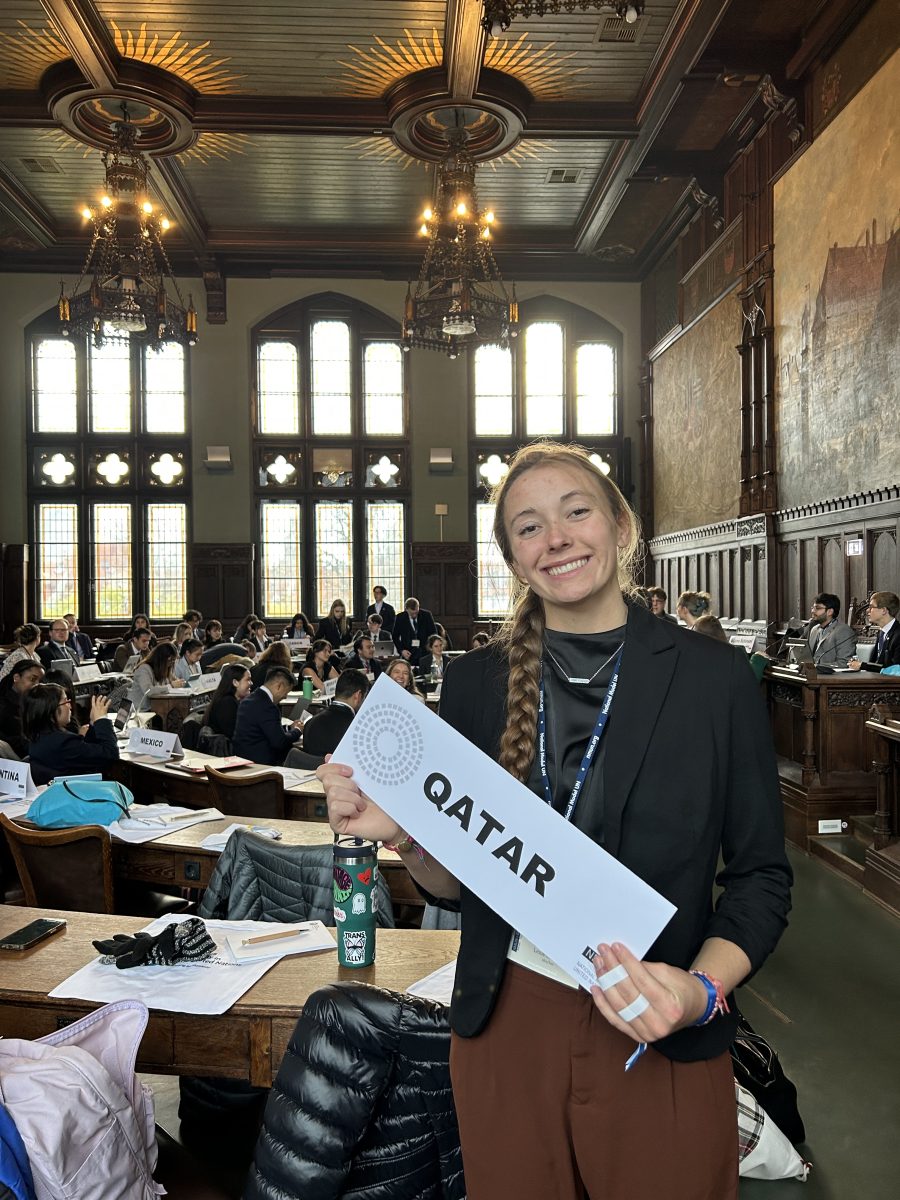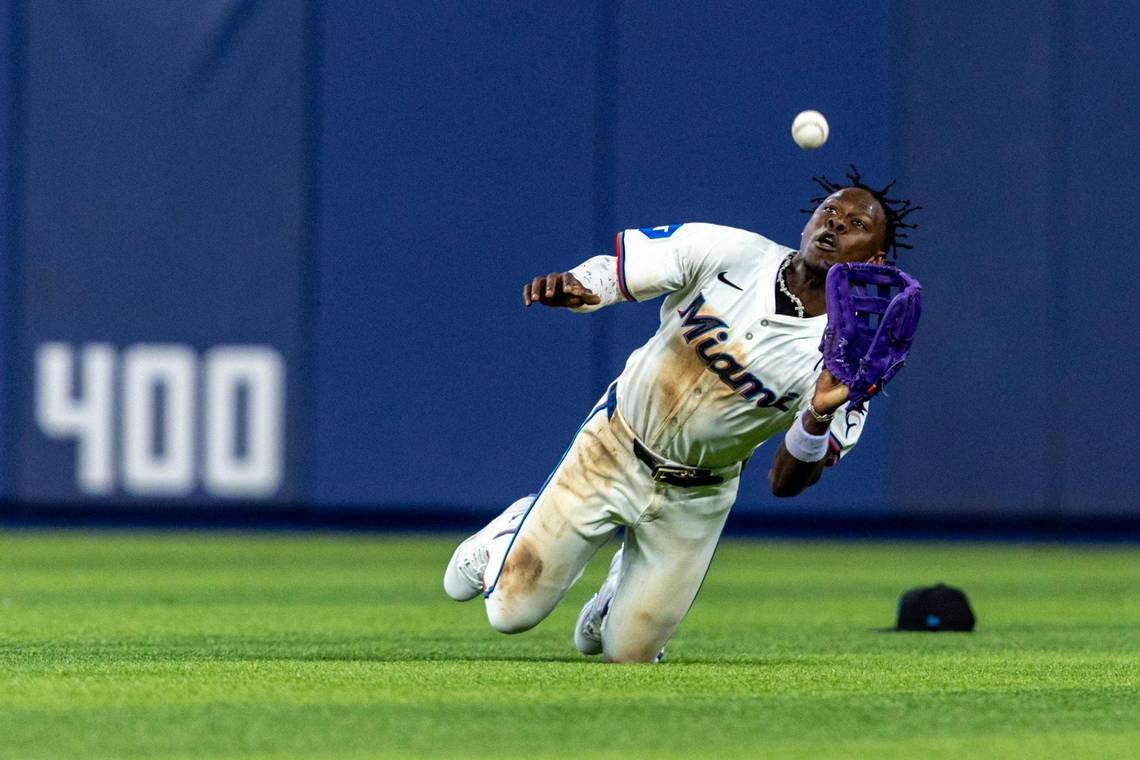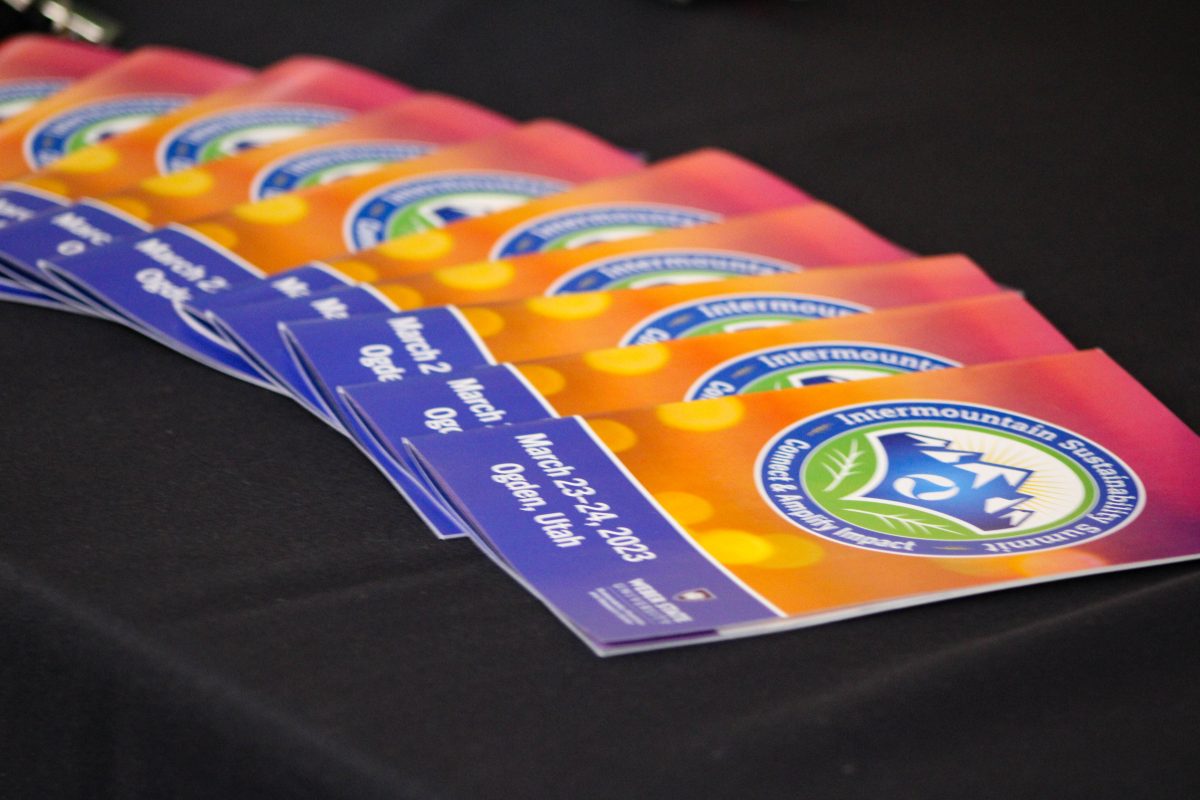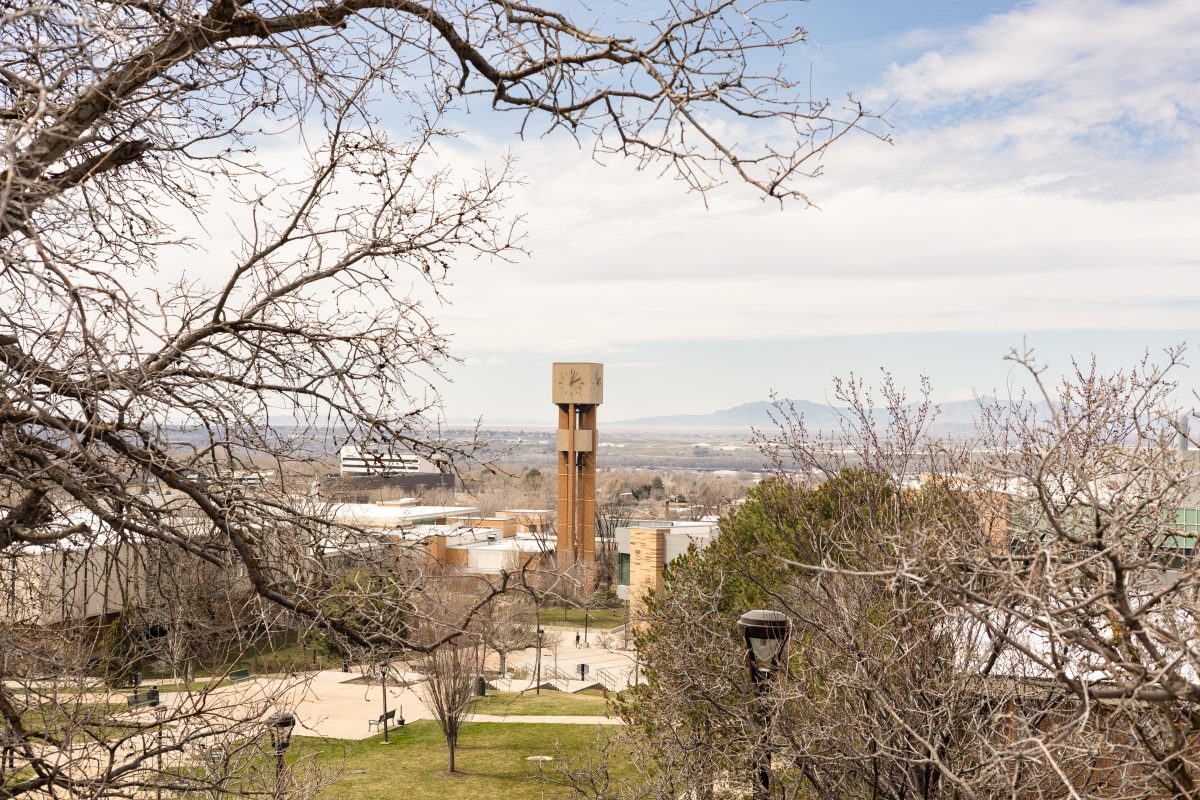Contrary to popular belief, according to www.mardigrasneworleans.com, Mardi Gras is very family friendly as long as you steer clear of the French Quarter in New Orleans where the parades don’t even run.
During recent years, some people have gotten drunk after the parades and headed to Bourbon Street in the French Quarter where they have lost their inhibitions. Innocent tourists caught in this crowd never really get to see what Mardi Gras is all about.
The city of New Orleans and surrounding suburban-area parades are for the families. Mardi Gras is very fun for the children.
One parade in Metairie, a suburb 10 minutes from New Orleans has a parade featured by Disneyworld entitled Caesar Parade.
Parade watchers should bring with them large garbage sacks to carry home all of the trinkets, coconuts, stuffed animals and candy they collect from the parade.
The best part for families is the fact that Mardi Gras is free. In fact, you will leave with more than you brought. This is why New Orleans has called it “The Greatest Free Show on Earth!” After the parade, many families enjoy celebrity entertainment, have picnics or play ball in the park.
Mardi Gras is held the day before Ash Wednesday. This day is called Fat Tuesday and is exactly 47 days before Easter. Since the date of Easter changes every year, so does Mardi Gras. Most tourists arrive the Saturday before Fat Tuesday and stay through Ash Wednesday. The Parades start two weeks before Mardi Gras.
The first Mardi Gras was held on February, 24 1857 and included a parade with floats and a ball afterward for the Krewe and its guests. A Krewe, pronounced crew, is an organization of individuals that put on parades and balls for various carnivals.
Each parade is put together by a Krewe — each Krewe decides on a theme and plans costumes and floats all year long in preparation for the parade and ball. The local and state governments have nothing to do with the celebration, except to provide parade permits and security. The Krewes are usually composed of local community organizations or businesses. They hold fundraisers and sell various merchandise to raise money all year long to fund these parades.
Balls are also held after the parades. They are private events by invitation only. The invitations are beautiful works of art and are often framed to showcase the artwork. Balls are formal and require tuxedos and ball gowns. Some balls are so large they are held at conference centers and the Superdome. A King is chosen at each ball — some choose a celebrity be their king and others choose a king by a drawing. It is up to each Krewe to decide how to select a king.
The colors of Mardi Gras are purple for justice, green for faith and gold for for power.
It is a law that all float riders must wear masks, and on Fat Tuesday, everyone may wear a mask. The costumes and masks all add to the rich Mardi Gras culture and fun, along with the jazz music and the food.
So the next time you think about Mardi Gras, think again.
Comment on this story at
wsusignpost.com.



